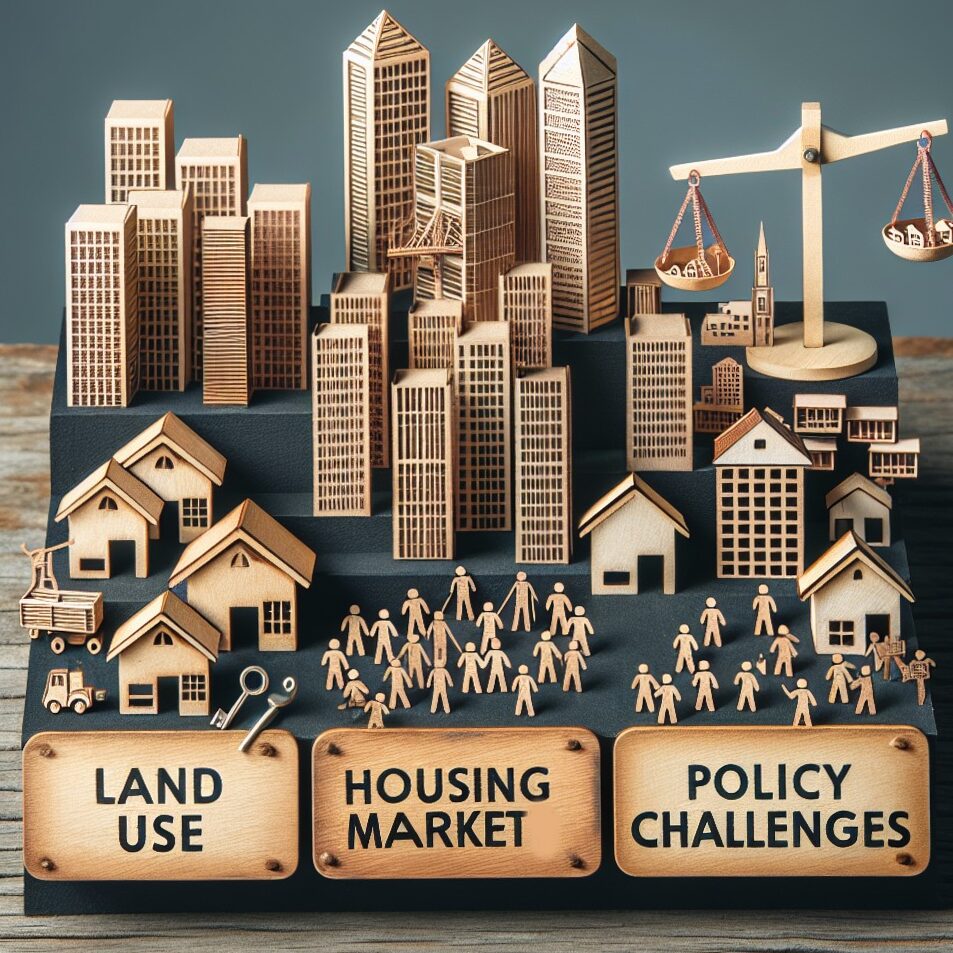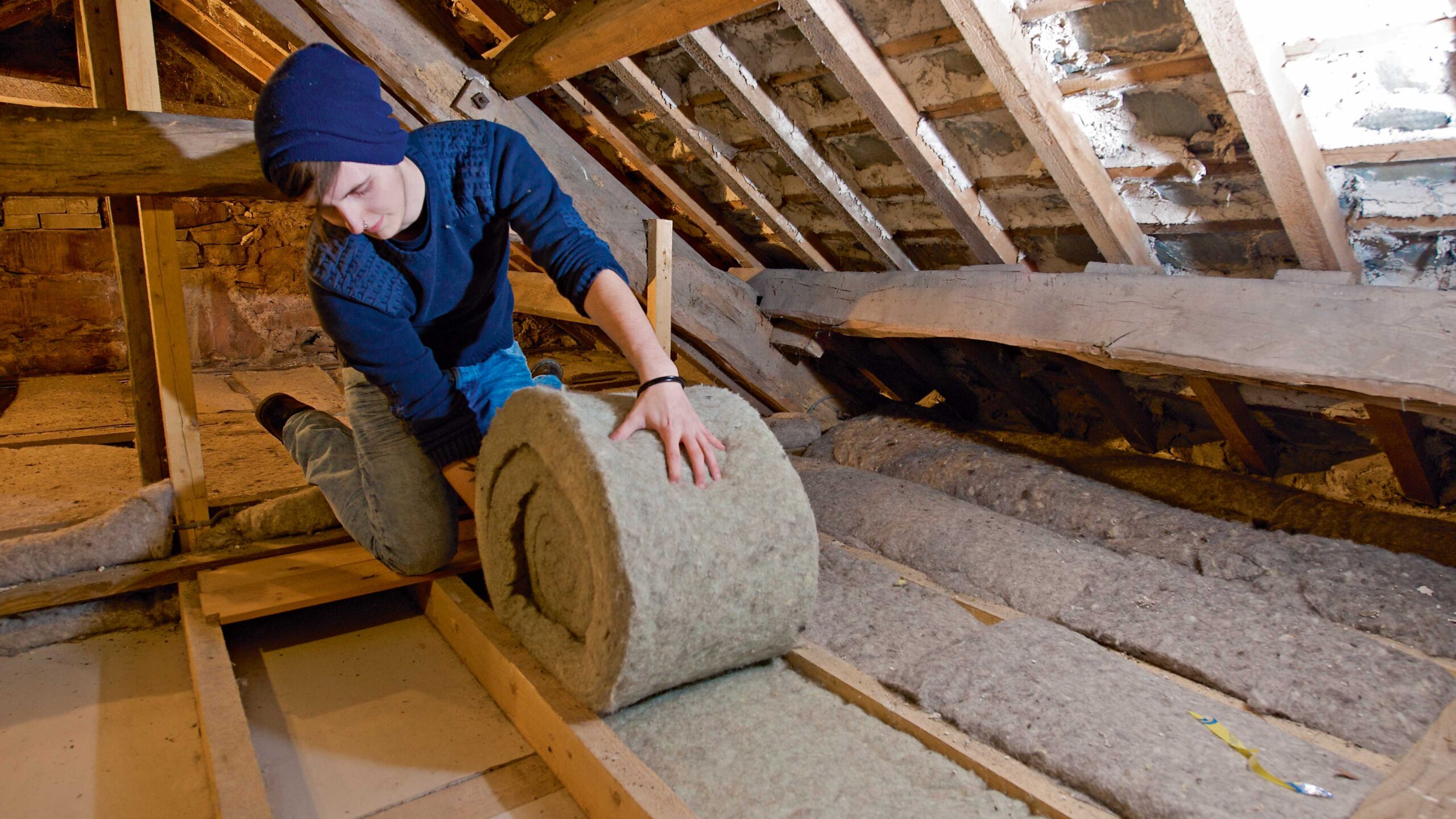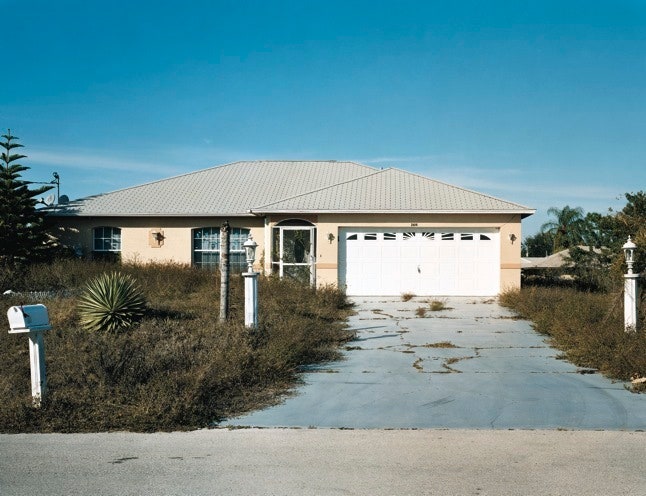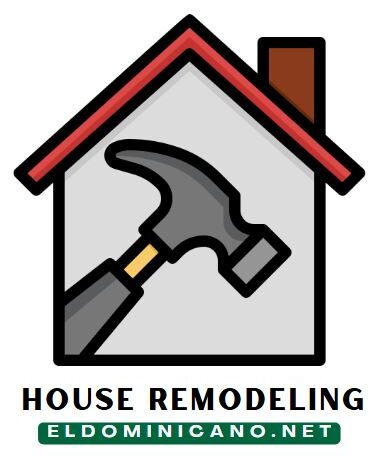The urban real estate market is going through an unprecedented turbulence period in 2025. In the face of an economic situation marked by the outbreak of interest rates, by the scarcity of transactions and an uncertain political climate, changes in the sector impose a profound question. In large cities as in peripheral areas, this crisis reveals social and economic fractures, complex access to homes and urban dynamics. This upset landscape pushes all the actors of the investors, promoters, municipalities, but also individuals to rethink their strategies to adapt to a market in full transformation. On the one hand, this situation weakens the traditional bases of the urban real estate sector; On the other hand, it opens a window of opportunity to reinvent accommodation and lifestyle at the time of contemporary social and environmental challenges.
Understand the profound causes of the urban real estate crisis in 2025

Slowdown Real estate market Urban in 2025 found its roots in several interdependent factors. First of all, the spectacular increase in interest rates, which have multiplied by four in less than two years, significantly slows down access to the property. This quadruplication, a direct consequence of monetary policies aimed at containing persistent inflation, exerts pressure on the cost of real estate credits, reducing the purchasing power of urban families. The increase in financial expenses caused a significant decline in purchase requests, both in large metropolises and in their suburbs.
In parallel, although the prices of homes have shown a significant increase before the health crisis, more than 10% of increase at national level, the trend has quickly reversed under the effect of the economic constraints related to the current crisis. The demand for flexion combined with a largely rigid offer leads to a tangible imbalance on many urban markets. The properties, especially in the central districts, remain on the market for a long time before finding a buyer, illustrating this contraction of exchanges.
The social and economic consequences of difficult access to urban homes
At the center of this urban real estate crisis, access to homes becomes a big social problem, revealing the disparities that cross the French metropolises. The price epidemic, the reduction of affordable credits and the lack of accommodation at affordable prices highlight an equity deficit in the distribution of residential resources and opportunities. This phenomenon acutely affects the middle and popular classes, often excluded from urban centers due to lack of sufficient means, accentuating social segregation already perceptible in different districts.
The difficult acquisition of decent accommodation forced many families to move away from the centers of the city, thus greatly lengthening their travel times at home. This extension of daily mobility contributes to a general reduction in the quality of life and increases indirect costs related to the habitat, such as transport costs. In addition, this journey rarely requires to cause a form of gentrification of the central districts, where only the rich profiles manage to remain or settle, modifying the social composition of the cities.
Young workers, often first people looking for work and habitats, are suffering these effects. Financial difficulties reduce their touch to property and increase the use of housing for rent in sometimes precarious conditions. This situation aggravates residential insecurity and poor accommodation, especially in the most tense areas. The phenomenon of the homeless, although partially camouflaged, obtains visibility in some districts of the working class, highlighting the urgency of the adapted interventions.
Municipal approaches to face the challenges of urban housing in crisis
Faced with the growing challenges posed by the real estate crisis, the French municipalities react with a series of innovative and pragmatic initiatives intended to straighten the situation and promote a more balanced and accessible urban development. These responses are often part of the desire to renew classic practices to adapt to the transformed economic and social realities, with a focus marked on the quality of life and inclusion.
An important lever of these policies is the management of urban planning, in particular through the review of local urban planning plans (PLU). Several cities have taken the initiative to integrate the systematic shares for social construction in these documents in new real estate programs, aimed at guaranteeing a balanced social mix. This mastered densification of urban areas is often based on the conversion of industrial desolated lands into modern residential neighborhoods and sometimes on the elevation of existing buildings to increase the number of units without invading the quality of the life environment.
The Municipalities are also moving towards reinforced advertising-private partnerships, promoting synergies to accelerate the production of accessible accommodation. The establishment of solidarity land, for example, allows you to acquire and renew accommodation with moderate rents, while guaranteeing the maintenance of this accessibility over time. Other innovative devices, such as real lease contracts of solidarity, dissociate the property from the ground from that of constructions to limit speculative inflation on urban lands. These financial instruments, combined with targeted municipal aid, participate in the creation of a more resilient real estate ecosystem.
Economic and financial changes in the post-Crisi urban real estate market
THE economic transformations Linked to the crisis of 2025 profoundly modifying the financial mechanisms behind the urban real estate market. The quadruplicing of interest rates has significantly shocked the panorama of the mortgage loan, forcing banks, investors and individuals to review their strategies and their ability of action.
Initially, the increase in loan costs has considerably reduced the solvency of buyers. The banks, subject to greater caution and strengthened prudential rules, have strengthened the conditions for granting credits, playing a filter role that accentuates the drop in transactions. This rigidity has at the same time encouraged the development of financial alternatives, in particular in the housing sector for social and intermediate rent. The rise of cooperative devices, such as cooperatives of inhabitants or forms of participatory housing, reflects a search for more flexible and united models.
In addition, the role of institutional investors is evolving. The latter now promote safer investments, often oriented towards energy renovation and densification, pending market stabilization. The promoters, for their part, adapt their projects, focus on controlled cost programs, integrating environmental and social requirements. This reorientation is also accompanied by diversification towards modular and adaptable homes, able to meet the changing needs and technological innovations more easily integrated.
Latest Posts Published

The challenges of ethical management and business management

What you need to know to modernize your space

Tips to improve the thermal insulation of the house

The economic and financial profits to invest in a twin house

How to discover the treasures of Byzantine art online?

The current challenges of urban properties in the face of the economic crisis of 2025

Effective suggestions for cleaning window cleaning

How to use it to accelerate growth?

Practical ideas and advice for a modern interior


